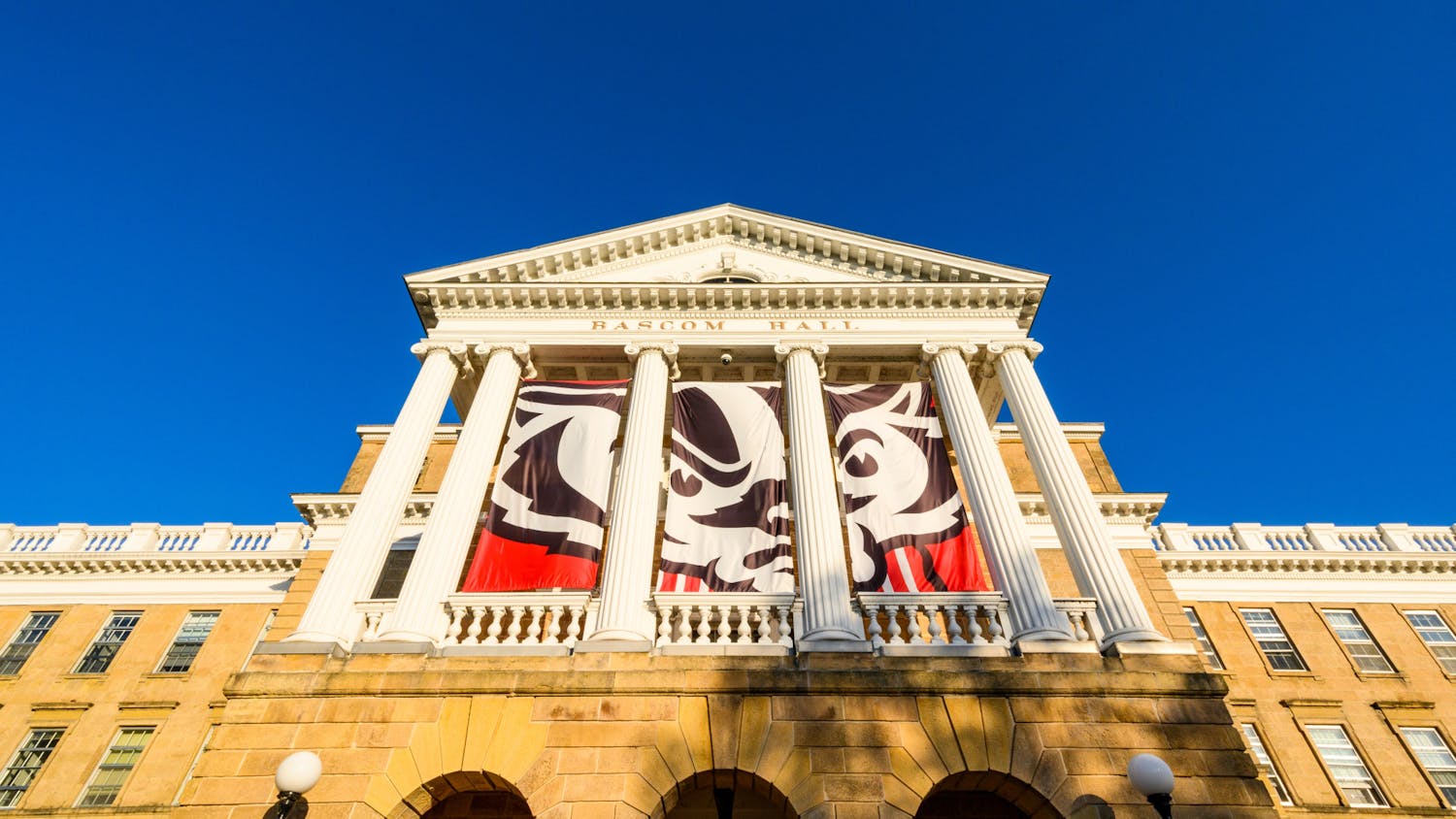The U.S. federal government has been governing from crisis to crisis. A symptom of this outside of the large (and ever growing) negative impact on the economy is that Washington has not been able to work toward solving problems that plague this country. At the top of this list is the growing discrepancy in academic achievement between wealthy and poor students. One-point-two mill. children drop out of high school every year or one every 26 seconds. That student who drops out is eight times more likely to go to prison and is not eligible for 90 percent of the new jobs created. More than half of those dropouts come from less than 15 percent of the nation’s schools. A large number of these schools are in urban environments and are made up of largely minority populations. Standardized test score differences between wealthy and poor students rose by 40 percent from 1976 to 2001.
We now live in a society in which the zip code someone is born in is more important than their make-up. That is not right. Sadly, these statistics are not particularly controversial. Deciding on action to minimize these discrepancies is as controversial as Washington extending the debt ceiling. No Child Left Behind has been an utter failure. It is time for Washington to reexamine education reform. The debate gets bogged down over issues such as merit pay, standardized testing and school choice. There are reforms that are not part of the national conversation such as lengthening the academic school year that would actually benefit students unlike voucher schools and more standardized testing. Long summer vacations act like a regressive tax on American children.
A Johns Hopkins University study found that low-income and wealthy students’ reading test scores over summer breaks from first to fifth grade rose by .26 and 52.49 points, respectively. That difference represents how much a student could increase their reading ability in two academic years. When the study examined total learning during the academic year between first and fifth grade, low-income students actually learned more. Regardless of income, students can learn. The problem is that low-income children are at a disadvantage when June comes around and they are not intellectually stimulated whereas wealthier students stay stimulated by attending camps and workshops. When compounding this effect each summer, the difference adds up quickly.
By no coincidence, the best international students do not take long summer breaks. South Korean and Japanese students are in school, on average, 40 and 63 more days than American students. The report found that in spite of the advantages high-income students have, if students attended school year-round, there would be no significant achievement gap by the end of elementary school. According to McKinsey & Company, closing the income achievement gap could also increase American GDP by five percent annually. I do not know how long the school year should be extended. That is a question for education experts, but if our political leaders ever become serious about substantive and transparent education reform, they should start by examining the length of the school year.
Please send all feedback to opinion@dailycardinal.com.





